Drinking bancha tea regularly is considered a healthy habit in Japan as well as pleasant. This depends on its qualities, defined as "common", but which still contain excellent healthy properties. Its main feature is that, compared to other teas, it shows a difference in the type of leaves used. When harvested, the leaves chosen for the Bancha are the thickest and hardest ones, the lower shoots less young. These leaves make Bancha a particular tea.
Bancha green tea: properties and benefits
The Bancha brings various benefits to those who drink it, first of all providing a feeling of well-being due to its reduced amount of theine. Being one of the teas with the lowest theine (caffeine) content, it is beneficial for the nervous system because it gives energy without creating states of stress or agitation. Among the positive effects, this type of tea improves digestive processes, also helping to purify the body. After meals it provides support against abdominal swelling, and in fact in Japan it is served a few minutes after dessert. Speeds up the digestive process and gives a feeling of lightness after eating. The well-being of the stomach occurs because this tea can make the pH more alkaline, counteracting acidity, and problems such as heartburn. Its detox action takes place by eliminating toxins and waste products deriving from the assimilation of food.
Those who practice days dedicated to purification usually include a cup of Bancha tea at breakfast, to maximize the purification of the organism . By getting rid of unwanted residues, the body regenerates itself, and it can be easier to lose weight. This purifying action is enhanced by the diuretic effect of Bancha tea, which supports the well-being of kidney functions, with a positive consequence also in not increasing blood pressure.
Its diuretic effect helps urinary transit, and contributes to the loss of swelling in cases of water retention. In addition, the Bencha can replenish electrolytes and minerals after the day's commitments, also containing precious vitamins. Bencha tea is also known for its beneficial effects on the skin, helping the production of new cells and providing antioxidant, anti-ageing properties in fighting free radicals. The amino acids present in this variety of green tea help fight bad cholesterol and the presence of triglycerides. Other benefits of bancha tea include the diuretic effect, which helps purification but also the regulation of blood pressure, preventing it from getting too high. It can help optimize liver function, thanks to antioxidants such as epigallocatechin gallate (EGCG), which help in the cleansing action in case of fatty liver. It is also useful for expelling toxins.
Origins and History of cultivation
Bancha, especially in the version, is a type of Japanese green tea that is prepared with the oldest and largest leaves. They are harvested later, after the first or second harvest of the season, by selecting those that form the third or fourth layer. While the cultivation and processing are identical to those of Sencha, the quality of the leaves determines a value that is economically considered less. Bancha tea is considered cheap and for everyday use, also because it is a tea with low caffeine content and high in antioxidants. The older leaves have less caffeine, so it is less bitter than sencha.
They are harvested after the first harvests, because in this way the catechin levels increase even in the lower leaves of the Bencha. Thanks to the greater exposure to sunlight, the lower leaves of the second harvest will have about the same catechin content as the upper leaves of the first harvest. From the original traditions, it is now exported to other countries of the world where tea is drunk, and they are very appreciate the sub-varieties Hojicha, Genmaicha and Kukicha - for the original taste and appearance. The Kukicha variety of tea is also known as twig tea, as this tea is made from stems, twigs and stems. The Hojicha variety of green tea differs in preparation.
The leaves are roasted in a porcelain pot, usually at a temperature of 150°C, to obtain a light golden colored tea with a toasted flavour. Bancha, is a popular type of Japanese green tea considered simple, in fact its name means "ordinary tea" and is served every day in oriental homes. We recall that in Japan the cultivation of tea has a long history, which began around 800 AD. According to tradition, the monks brought the plant from China to Japan it was cultivated for the firsttime on the island of Kyushu and then in the region of Uji (Kyoto). For a long time, only the upper echelons of society savored green tea, but since the end of the 19th century, its consumption and preparation has spread throughout Japan. Today, the country has developed the most refined techniques for growing some varieties of green tea, and is the second largest producer of green tea in the world after China.
Plant and flowers
Green tea comes from the plant species Camellia sinensis (L.) O. Kuntze, which belongs to the Theaceae family. The plant is subtropical and is not cold tolerant. It requires a lot of rain and sun, with a clear difference in temperature between day and night. It belongs to the evergreen category, and can grow as a tree or shrub, depending on the surrounding environment. Usually tall growth is avoided, when the plant must be subjected to harvesting of the leaves.
The young leaves are light green with silky hairs, and over time they change to dark green, smooth and leathery. The white or pink flowers have a slight jasmine scent, while the fruits are green, usually divided into three parts. For green tea, the variety of Camellia Sinensis is used, and not the one called assamica. These leaves give a more delicate and mellow flavor than green tea. The sinensis variety used for green tea is better suited to high altitudes, and in Japan it grows up to about 900 meters. In other parts of Asia it takes root up to about 2000 m. Most of the varieties and domestic cultivars of the Theaceae family belong to Camellia sinensis, and some types of camellias are cultivated for ornamental purposes (Camellia japonica)
Nutritional values of Bancha green tea
Green tea contains several beneficial elements such as vitamins (Vitamin A, Vitamin B complex, Vitamin C). Its intense concentration of flavonoid antioxidants, catechins and polyphenols is known, as well as minerals (selenium, copper, calcium, zinc, fluorine, manganese). Contains low doses of caffeine and tannins.
How to prepare Bancha green tea
The Bancha infusion is obtained by placing in a cup (250 ml), about 3-5 grams of the green tea mixture with water at 80 °C. Let it steep for 2 to 3 minutes before drinking this green tea. Add honey or sugar, if desired.
Bancha green tea: side effects and contraindications
Although the effects of green tea are positive, there are some potential side effects, due to the content of theine (caffeine). In this type of tea these effects are reduced, due to the low theine content, but by taking large quantities of Bancha tea, headaches, palpitations, agitation, anxiety may appear. Drinking this tea in moderation shouldn't cause any unwanted side effects.
High doses of Bancha tea could affect the functioning of the thyroid gland, or cause liver fatigue; for this reason, it is advisable to consult a specialist in case of chronic pathologies. Caution is advised during pregnancy and while breastfeeding.


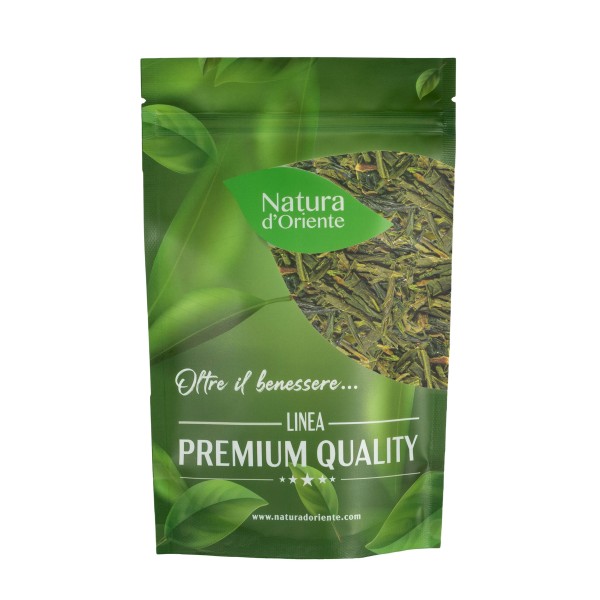






 No reward points for this product.
No reward points for this product.
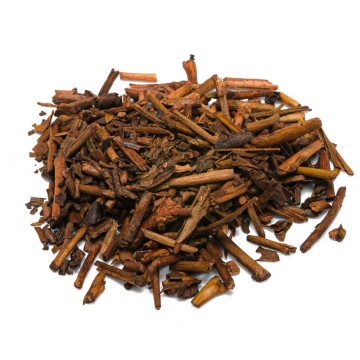
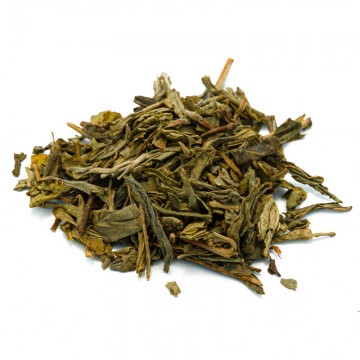
![Green tea with orange and grapefruit [Natura d'Oriente]](https://www.naturadoriente.com/3376-home_default/green-tea-with-orange-and-grapefruit.jpg)
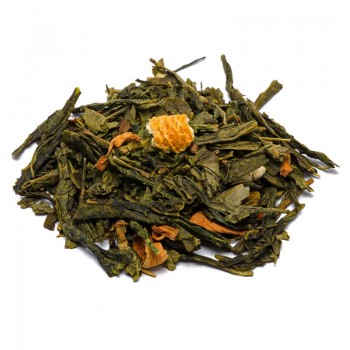
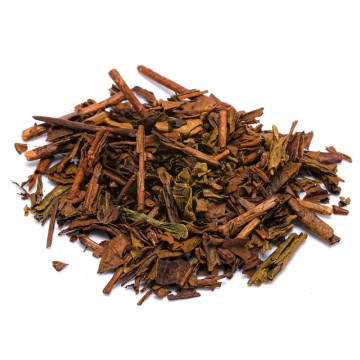
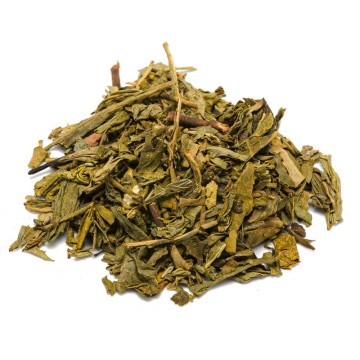
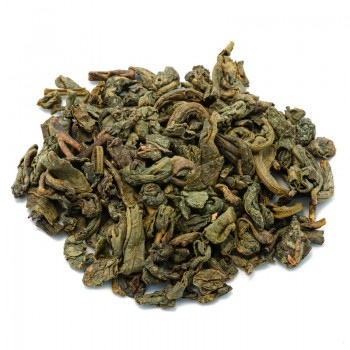
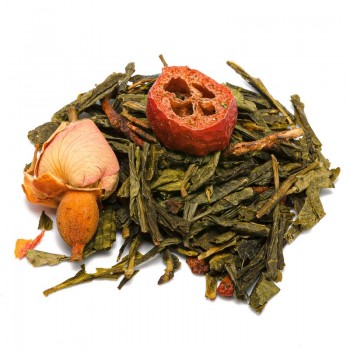
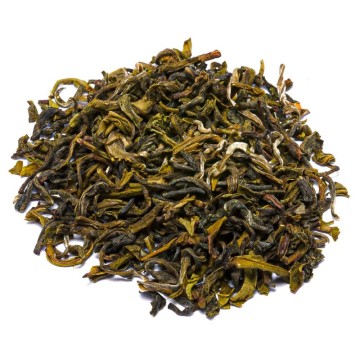
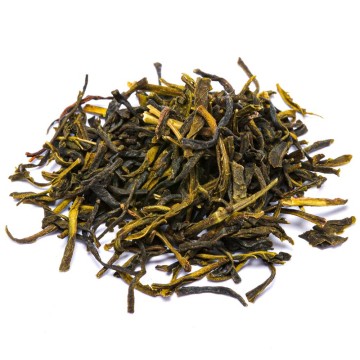
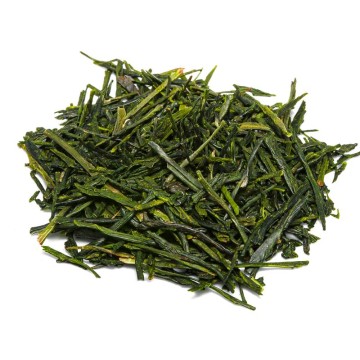
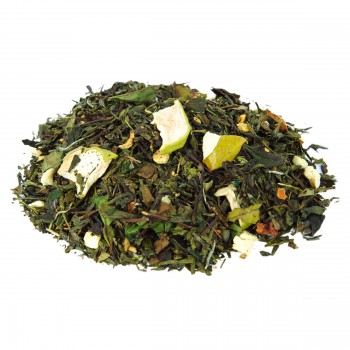
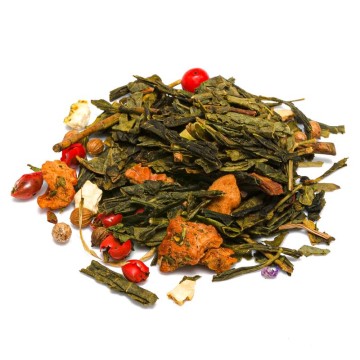
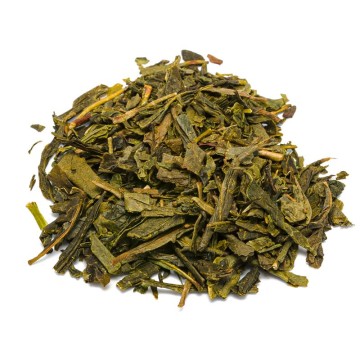
![Green Tea Choui Fong Tea [Natura d'Oriente]](https://www.naturadoriente.com/3379-home_default/green-tea-choui-fong-tea.jpg)
